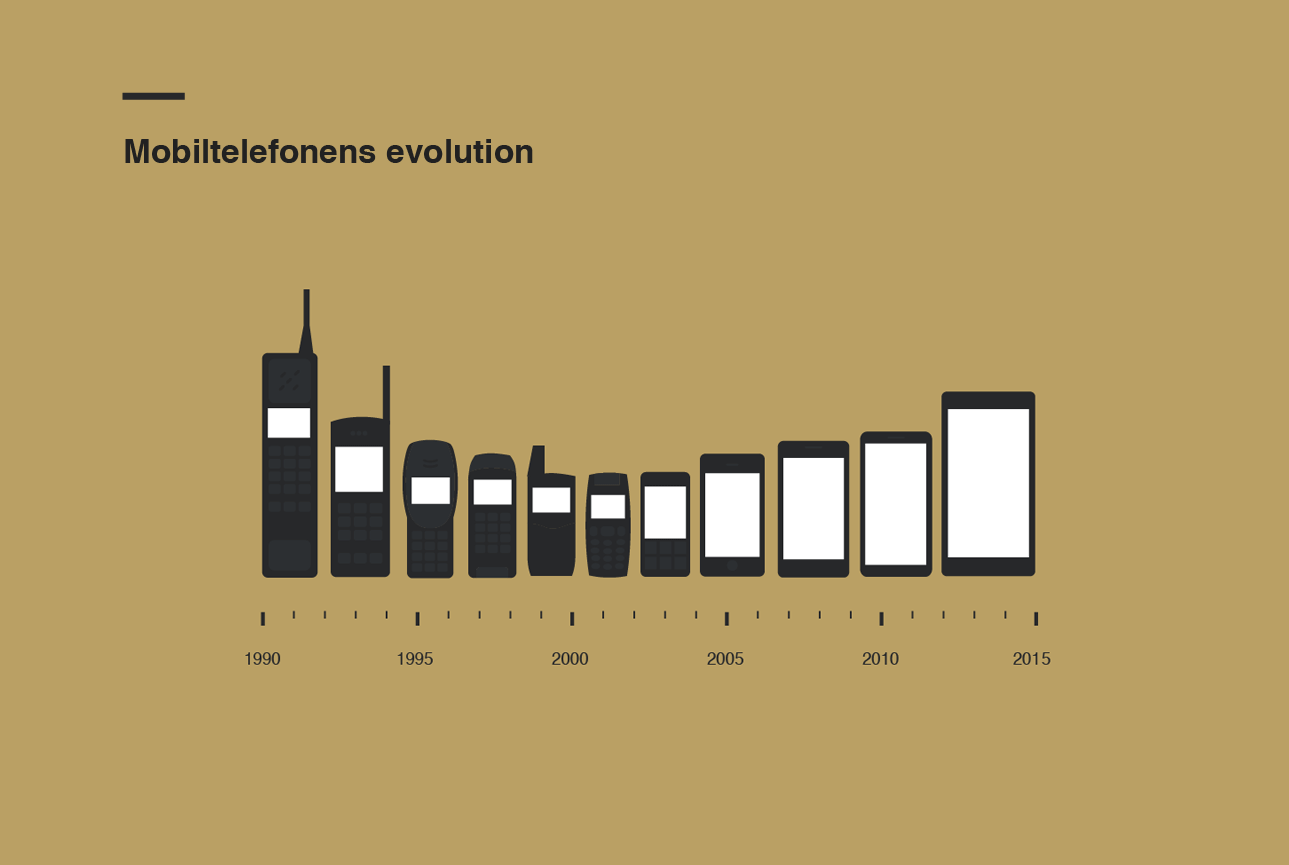In the ever-evolving landscape of technology, smartphones have undergone a remarkable transformation in terms of design, functionality, and perhaps most visibly, size. From the compact devices of the early 2000s to the expansive, bezel-less screens of today, the journey of phone sizes is a fascinating exploration into the intersection of innovation, user preferences, and technological advancements.
- The Era of Compact Devices:In the early days of mobile phones, compactness was a defining feature. Devices like the Nokia 3310 and Motorola Razr set the standard with small, pocket-sized designs. These phones were primarily used for calling and texting, with screens that measured just a few inches diagonally. The focus was on portability and durability, as these devices were often subjected to the rigors of everyday life.
- The Rise of the Candy Bar Design:As mobile phones transitioned from mere communication tools to multifunctional devices, candy bar-shaped designs gained popularity. Phones like the BlackBerry and early iPhones introduced physical keyboards and larger screens, catering to the emerging demand for internet browsing, email, and multimedia capabilities. The screens were still modest by today’s standards, but the shift marked a departure from the ultra-compact models of the past.
- The Phablet Phenomenon:The introduction of larger screens, commonly referred to as “phablets” (phone + tablet), marked a significant turning point. Devices like the Samsung Galaxy Note series and the iPhone 6 Plus embraced larger form factors, blurring the lines between phones and tablets. The appeal lay in the enhanced multimedia experience, productivity features, and improved gaming capabilities that larger screens offered.
- The Bezel-Less Revolution:Recent years have witnessed a race among smartphone manufacturers to reduce bezels and maximize screen real estate. The trend towards bezel-less designs, exemplified by smartphones like the Samsung Galaxy S21 and iPhone 13 Pro, has allowed for larger displays without significantly increasing the overall size of the devices. This shift prioritizes immersive experiences, whether in gaming, video streaming, or productivity.
- Foldable Phones: A New Dimension:The latest frontier in the evolution of phone sizes is the advent of foldable devices. Innovations like the Samsung Galaxy Z Fold and the Huawei Mate X introduce a transformative aspect to smartphone design. These devices unfold to reveal larger screens, combining the portability of a standard smartphone with the expanded display of a tablet. While still in their infancy, foldable phones offer a glimpse into a future where flexibility and adaptability define the user experience.
The changing size of phones over time reflects not only technological progress but also the dynamic nature of consumer preferences and the expanding functionalities smartphones bring into our lives. From compact communication devices to powerful multimedia hubs, the evolution of phone sizes showcases an industry driven by innovation and the relentless pursuit of meeting user demands. As we continue into the future, it will be intriguing to witness how the interplay of technology and user expectations shapes the next chapter in the ever-evolving saga of smartphone design.

